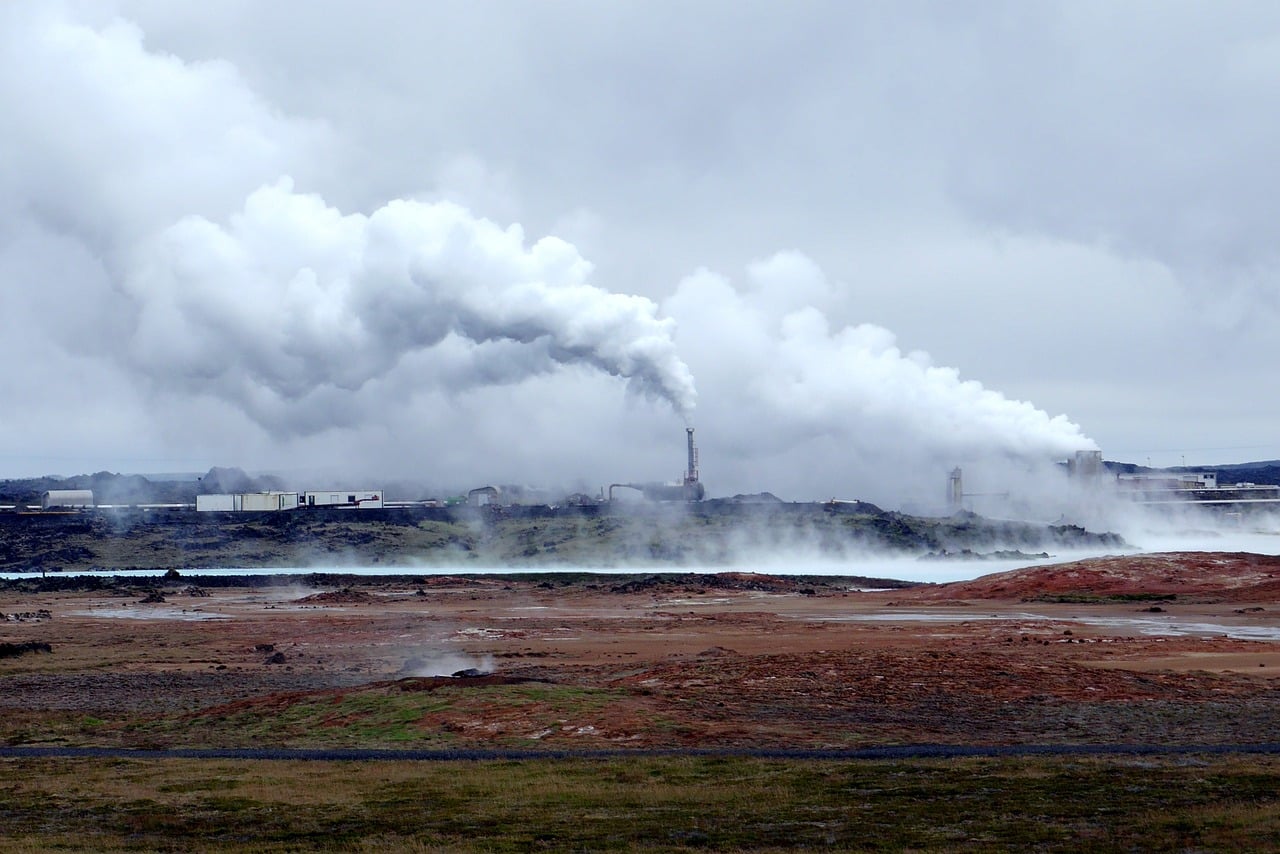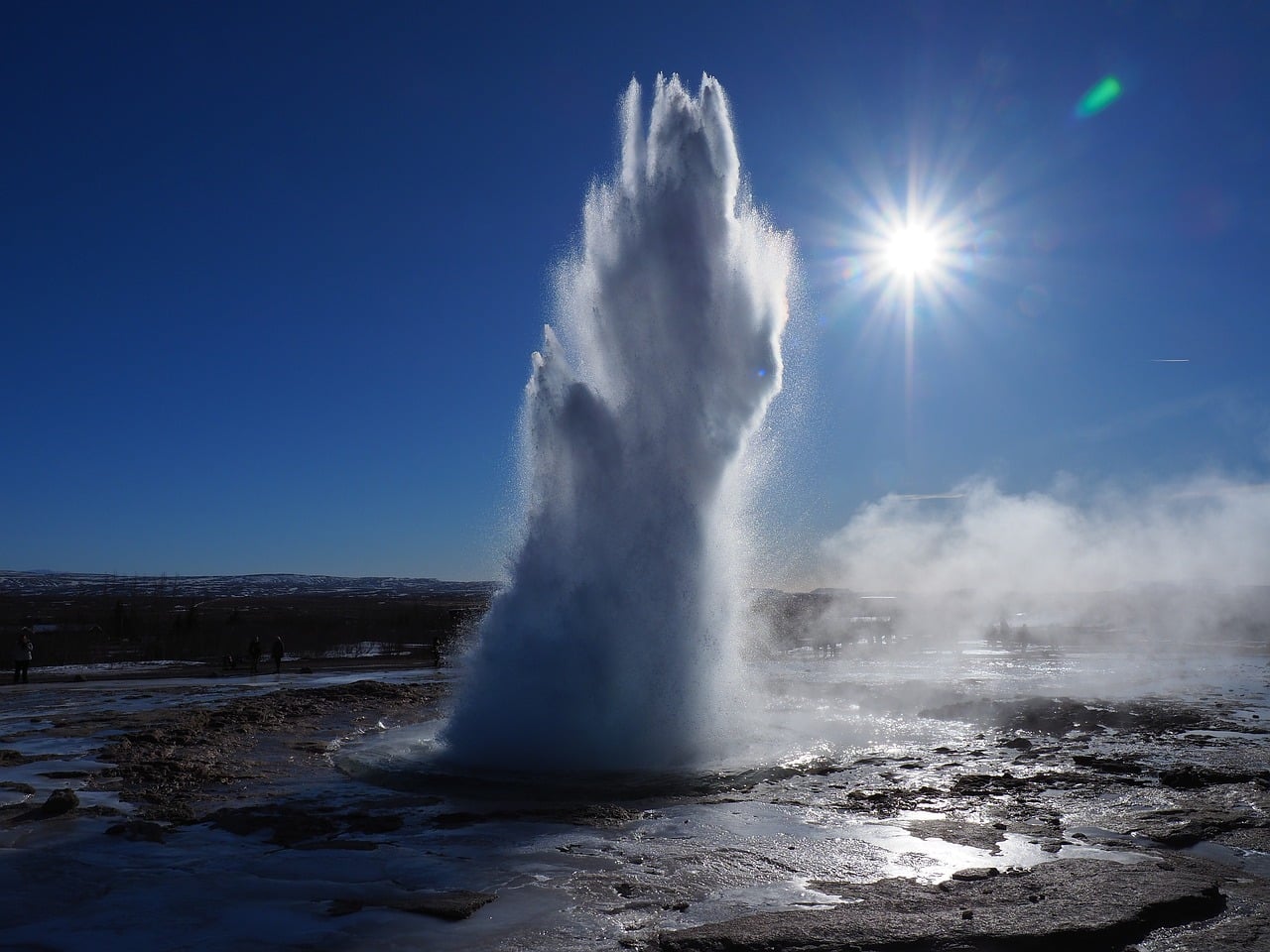
Geothermal energy takes advantage of the heat from inside the Earth.
Geothermal energy is energy obtained from the use of heat from the Earth 's interior. This heat can be generated by different factors.
Before moving forward, it is important to indicate that energy can be understood as a natural resource that, thanks to certain associated elements, can be used industrially. The concept also refers to the ability to set something in motion or transform it.
Geothermal , on the other hand, is a term that comes from the Greek language and is composed of two words: geo ( "Earth" ) and thermos ( "heat" ), that is, "heat of the Earth."
Features of geothermal energy
Geothermal energy can make use of hot springs that are found at shallow depths and that emanate steam . Another source of geothermal energy is magma (a mixture of molten rock and gases), although there are not enough technological resources for industrial exploitation of it.
Typically, geothermal power plants operate with a minimum of two wells: hot water is obtained from one, while the other is used to reinject the cooled flow obtained into the aquifer. This system allows maintaining the water flow of the reservoir.
It should be noted that geothermal deposits can be depleted and/or cool, which means that this type of energy is not totally renewable.

Geysers are a source of geothermal energy.
Its use
Although geothermal energy is one of the least known types of renewable energy to people outside the scientific field, it is very likely that we have all seen the effects of this natural source of heat in action more than once in our lives; Some of the examples of its manifestation are volcanic eruptions , geysers , fumaroles (cracks in the earth that allow the escape of water vapors and sulfur gases that come from some volcanic duct) and hot springs (known especially for relaxation that they produce when coming into contact with the body).
In Europe , the first country to take advantage of it was Sweden , following the oil crisis of 1979 ; Other parts of the world where this energy has been widely exploited for a long time are Japan , France , Holland and Finland .
Types of geothermal energy
It is possible to distinguish between very low temperature geothermal energy (used for agriculture or in the residential area), low temperature geothermal energy (with fluids between 50º and 70º), medium temperature geothermal energy (between 70º and 150º ) and high temperature geothermal energy (between 150º and 400º).
Geothermal energy is very efficient and clean, and has many applications. High temperature resources are especially useful for producing electricity . If the temperature is not sufficient for this purpose, it is used to air-condition (both heat and cool) the residential, service or industrial sector, using a geothermal heat pump . In the case of very low temperatures, finally, they are used both for air conditioning and for the provision of hot water.
It is worth mentioning that very low temperature geothermal energy is found very close to the Earth's surface; In some countries it is enough to descend 10 meters to find 17 degrees Celsius in any season of the year, given the thermal inertia of the ground .
One of the devices used for the collection of geothermal energy is a series of panels buried under the ground, through which a solution containing water with glycol is circulated, allowing heat to be transferred or extracted from the earth to satisfy the needs. heating or cooling. Some cities have very ambitious plans to take advantage of this type of renewable energy; Madrid , for example, intends to supply the air conditioning of its entire metro network with it.
